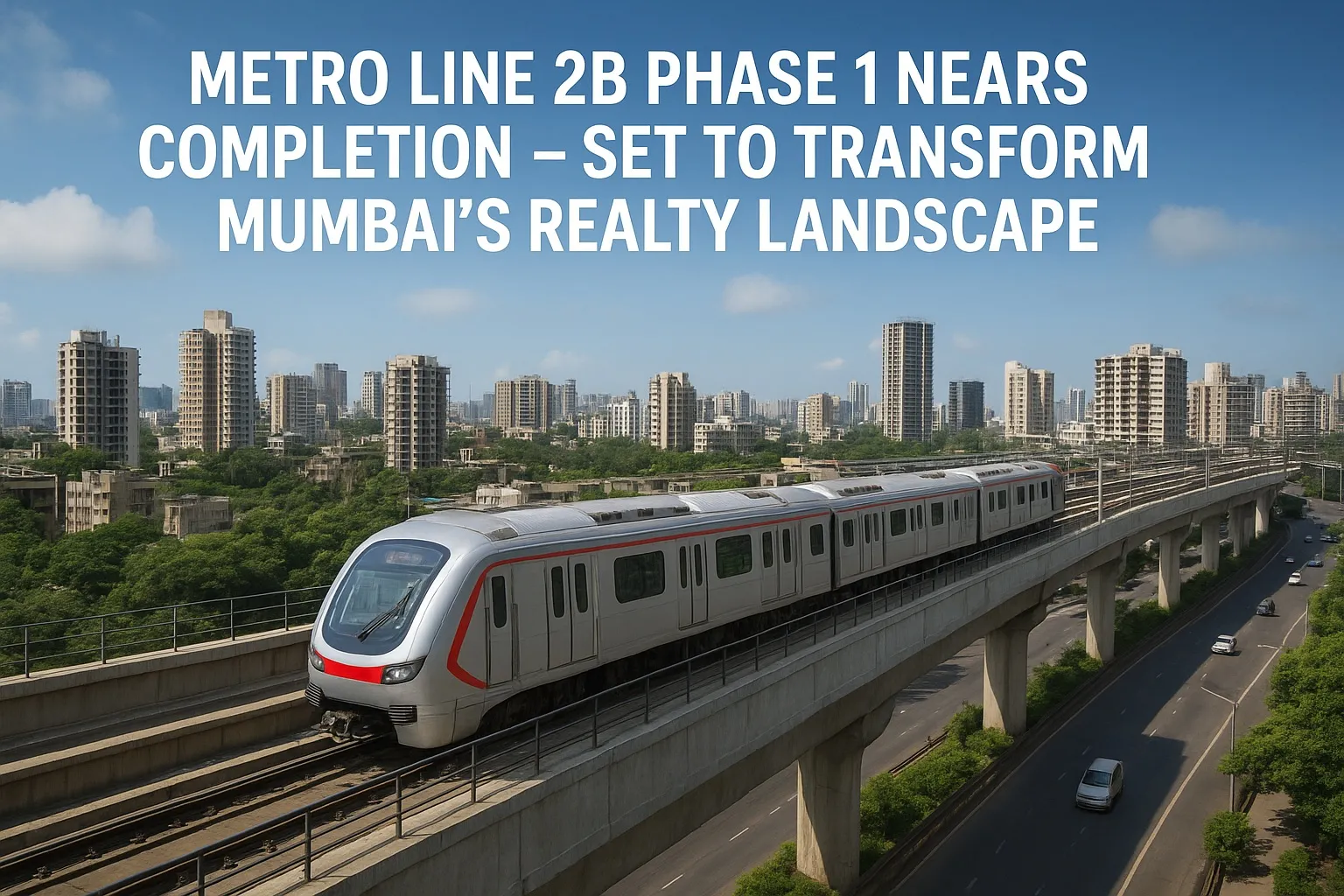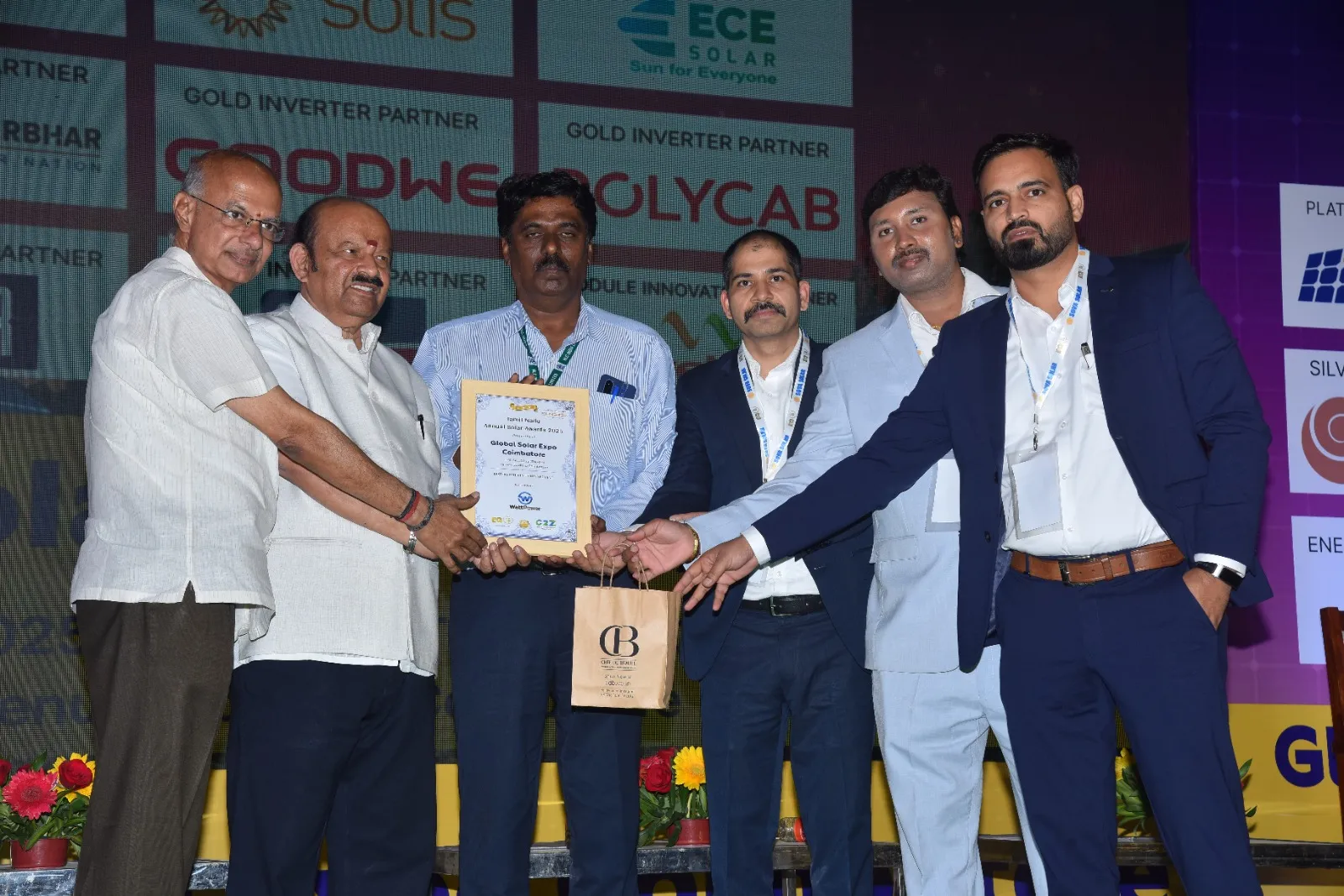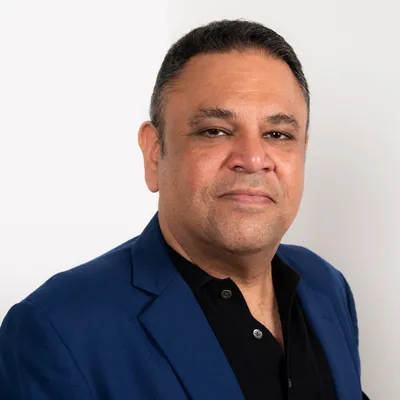Urbanisation taking off at an exponential rate has built up momentum in Tier-II and III cities, especially when it comes to architectural design trends. Inevitably, these cities are now evolving as major markets for young, aspiring architects.
People in these emerging cities are getting increasingly open to trying different spatial designs, forms and materials, according to Kunal Mohan Naithani, Design Principle and Founder, White Studio Architects. “Also, there is the financial capacity and spending power in most of these towns to ask for nothing less than the current and best world-class design trends.” This has provided a massive window of opportunity for Indian contemporary architectural design.
Listing evident trends, Vivek Gupta, Founding Principal, Arvind Vivek and Associates, says, “With increased emphasis on outdoor living, homes have de-formalised, giving way to spaces without any solid distinction between interior and exterior. Additionally, eco-friendly designs have reached a new level. There has been widespread increase in the use of green walls, green terraces and eco-friendly materials.”
Clients are open to progressive design and radical ideas, which Huzefa Rangwala, Director and Co-Founder, MuseLAB, attributes to the Internet and globalisation. “Better infrastructure and understanding of integrating indigenous construction techniques with locally sourced materials are being hailed as the new design mantra for most architects and interior designers.”
Meanwhile, Debmalya Guha, Principal Architect and Planner, Pace Consultants, says, “As affordability is rising but awareness and exposure to modern architecture are lacking, the expectations from the architect are often appalling. As enforcement of building rules is less stringent, the architect is often forced to flout them, which not only compromises the overall built environment of the city but has a large ecological cost.” However, despite these challenges, Guha sees great prospects considering the quantum of work, and emphasises upon much-needed support from both government agencies and the Council of Architecture (CoA).
Potential amid challenges
At present, India is experiencing a new surge of architects and many of them have been successful in establishing themselves as eminent designers of this era.
However, Gupta is a firm believer in ‘built-to-suit’ architecture, which comes with a strong acknowledgement of climate, coordinates and client. According to him, every new-age designer and architect should be able to imbibe this concept, which will aid them to perceive the psychology of the project and cater to it accordingly.
With the view that challenges are huge but different compared to generations currently established and gone by, Naithani says, “The new-age client is much more in touch with prevailing local and worldwide design trends, thanks to the Internet. The challenge to ‘impress’ is the highest it has ever been. The client is far more aspirational nowadays, both in terms of the functionality and aesthetics of the built space.”
Having said that, the grooming required to prepare them for these challenges has unfortunately still not caught up in architectural schools. “It is like the world has moved onto Allen keys and we are still handing them screwdrivers!” says Naithani, adding that the CoA and All India Council for Technical Education (AICTE) really need to pull up their socks.
Rangwala adds that CoA needs to regularise the contractual legalities and liabilities between the architect and client. There needs to be a standardised system in place for approvals from liaising agencies. “Education in architecture and interior design school only talks about design but there is no focus on the business of design, which I feel becomes a huge setback for rising architects who not only suffer setbacks in initial interactions with clients but face tremendous challenges when it comes to running an office,” he elaborates.
Also, while the identification of urban development as the driver for economic and social growth by the Government opens up unprecedented opportunities for rising architects, there are critical challenges to be addressed. Guha lists two major ones:
-
The archaic tendering process, which government agencies adapt, curtails the hope of young talented architects. They can’t participate in the tendering process owing to financial criteria (such as annual turnover above crore) that only large companies can meet. This may be an effective selection parameter for contractors, but not for architects. Architects should be selected by design competitions, not tenders.
-
The architectural profession is becoming financially unviable as prices are being under-quoted rampantly by compromising quality in the tendering process. The government selection process is engaging the L1 (lowest bidder), disregarding the qualitative and creative aspect. Moreover, this system encourages corruption as dishonest agencies often bid unviable low rates to get the project, then profit in illicit ways. Any building is a national asset and any agency compromising on quality to save a meagre 1-2 per cent of the project cost (maximum architect fee is only 5 per cent) should be considered criminal.
SHRIYAL SETHUMADHAVAN



















